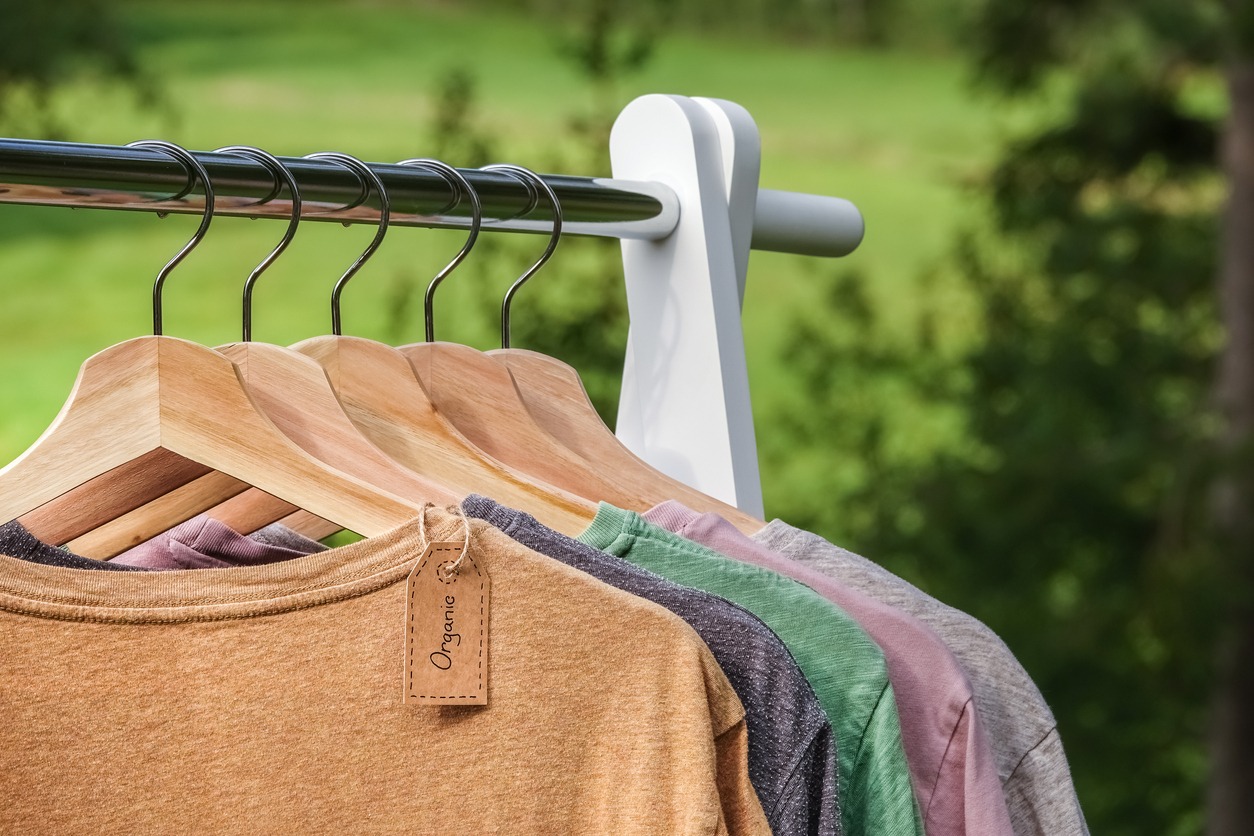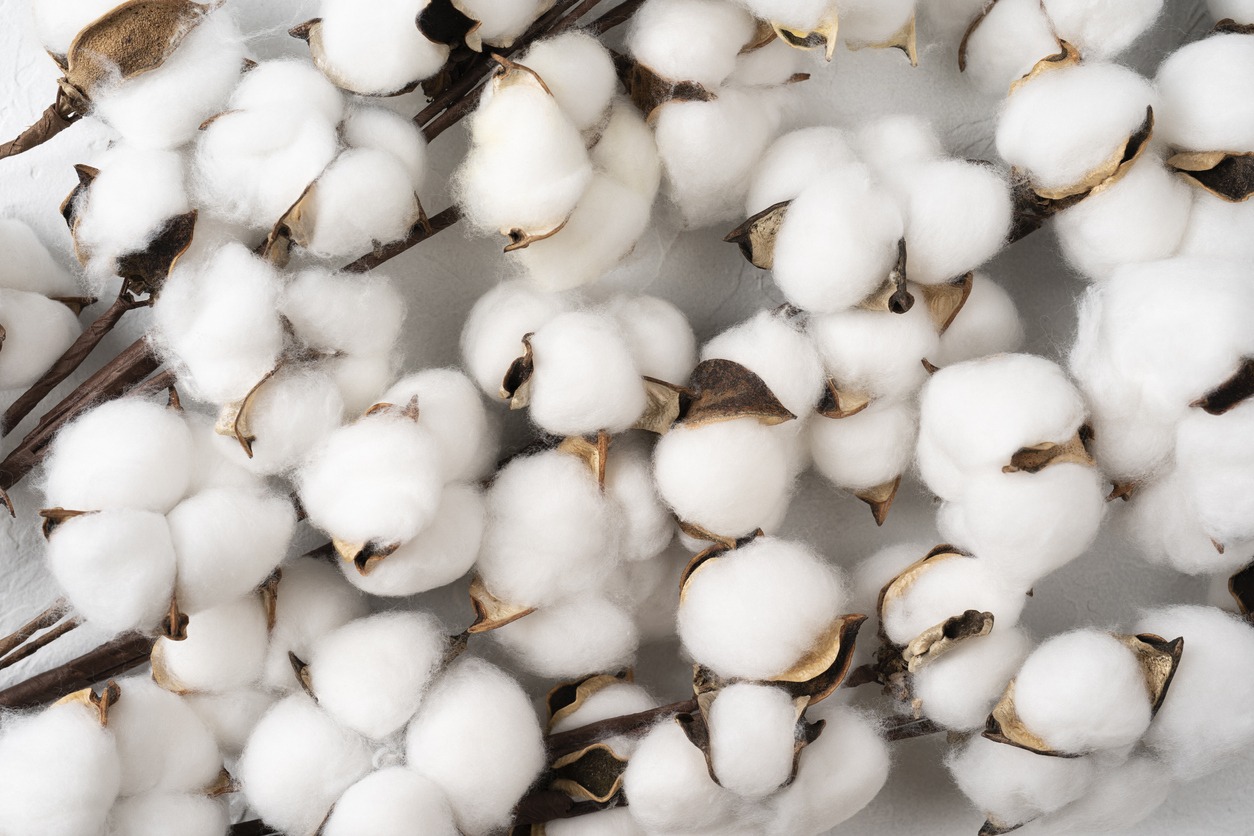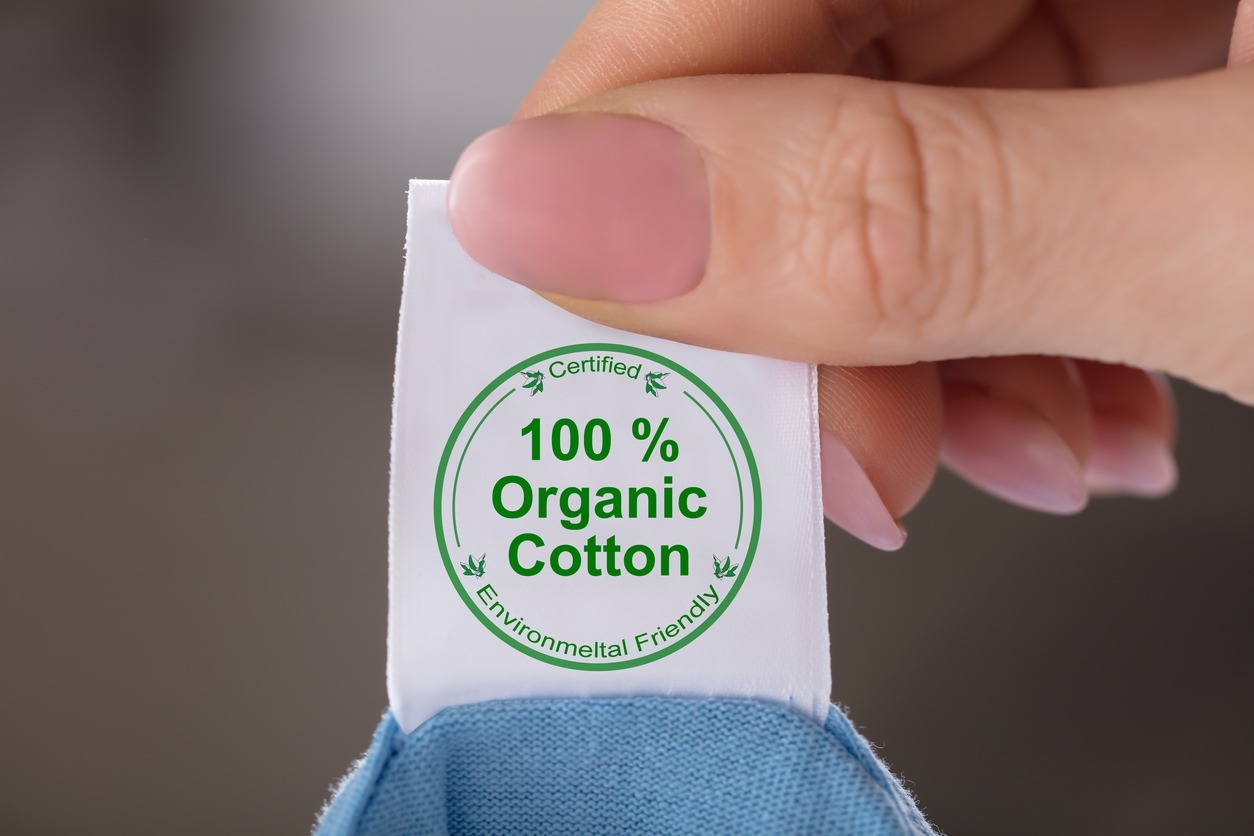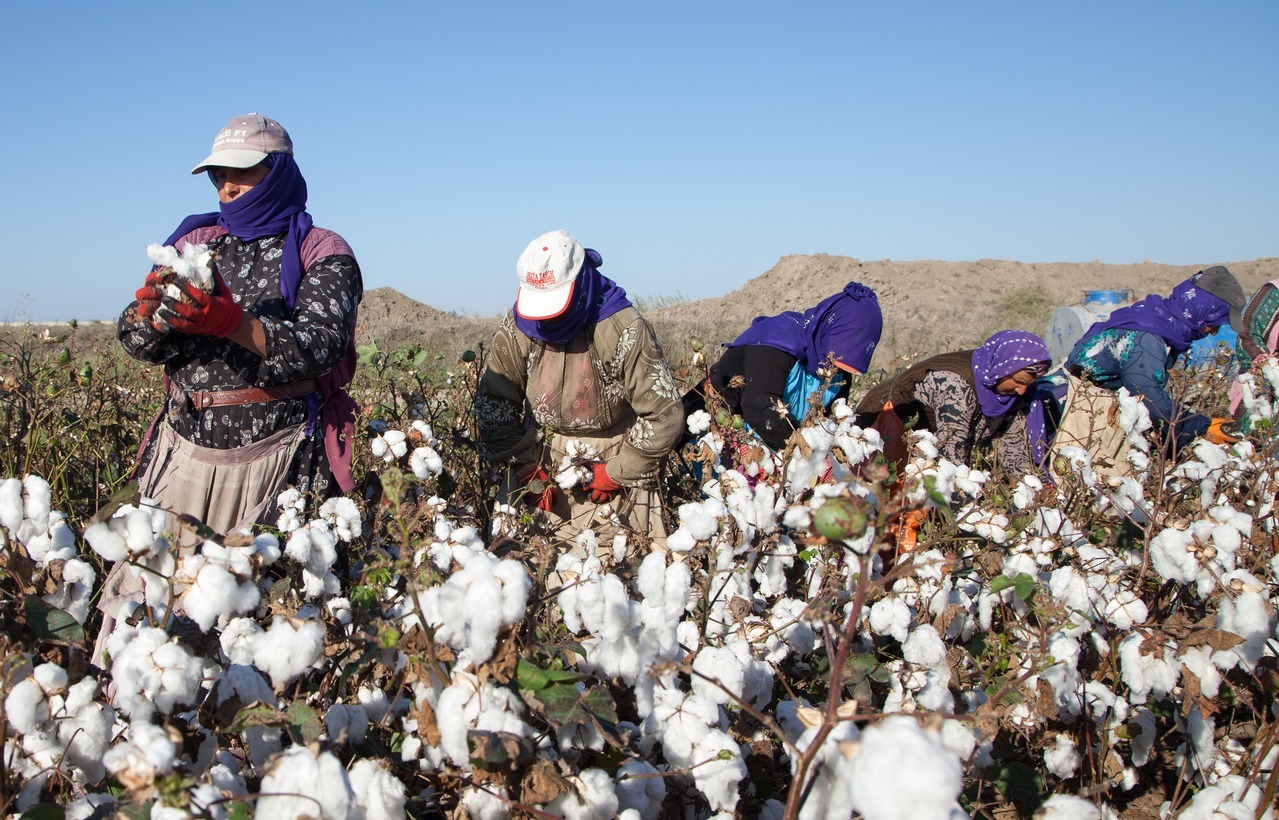Everybody loves fashion; we all love to wear fun outfits and glamorous accessories because it helps us show our individuality and mood.
Feel like shopping for new clothes? When choosing your clothes, do you ever consider the impact of the materials you wear? Not just to the economy but to the environment as well. Although most people are just after the style of the clothes to add to their wardrobe, they’ve affected the lives of the farmers, factory workers, and the environment before they get in there. According to the Fair Fashion Center (2016), the global apparel industry affects 150 million lives. Most of them work in terrible conditions and don’t even get paid properly.
As consumers, we have so much power. By just being careful with the products we buy, we can help change the world. If you are aware of the impact and want to reduce it, consider switching to organic fashion.
What is Organic Fashion?
Organic clothes are all-natural organic clothing which safe for you and the environment. Crops are cultivated according to the guidelines of organic farming. They are usually made from cotton, but they can also be made from other materials such as flax, hemp, and wool.
Fibers used for organic fashion come from animals or crops grown or raised on organic farms. The way the animals and crops are farmed makes a big difference to their environmental impact.
Organic farming is ethical and ensures that animal welfare is protected. As for the crops, organic farmers use natural methods to grow them while building healthy soils and helping combat climate change. Organic farming never uses genetically modified seeds, hazardous synthetic pesticides, or other chemical yielding aids, meaning farmers’ health is not at risk. Doing so positively affects the environment, agriculture, and the health of planters worldwide.
Sustainable Fashion
Organic fashion is a sustainable choice; however, seeing the word ‘sustainable’ on a label does not mean it’s organic. Although sustainable fashion is made in a way that protects and preserves the environment for future generations, they are not organic.
For low or neutral greenhouse gas emissions, sustainable fabrics are created in a factory using renewable energy and resources like wind, solar, geothermal, or hydropower.
The sustainable fabrics are polyester made from nylon made from old nets, recycled water bottles, vegetable-tanned leather, and linen. It may be dyed, but in a factory that carefully treats its wastewater.
Sustainable fashion is made of high-quality materials and designed to last for years, so you don’t have to keep buying more frequently.
Many fashion brands are also switching to organic cotton, which uses 91% less water than non-organic cotton, and growing it using sustainable farming practices. There are also brands using deadstock fabrics, recycled fabrics, and more natural materials.
To be sure that you are buying genuinely organic clothes, look for one of the organic certification logos.
Organic Logos to Look For
Many fashion and textile retailers believe in letting their customers know how their clothes are made; sadly, many brands hide the truth about their production and working conditions.
Some retailers label items as organic even if they know that they are not organic. Organic certification is proof that their claims are backed up. It is essential to check the label when buying clothing or textiles to ensure that what you are buying is genuinely as good as it looks.
Soil Association or GOTS logo
This logo means that the item is made with organic fibers and processed following strict environmental and social standards. This logo means workers’ rights are protected. Their working conditions are safe and hygienic. They used only low-impact dyes and inks, treated wastewater correctly, and monitored energy and water use.
OCS logo
This logo means the item is made with organic fibers and traced through the supply chain. If you want to make sure the next clothes you buy do not contribute more harm to the environment, look for an item labeled with one of the organic certification logos mentioned above.
The Problem with Fast Fashion
The clothing industry is a significant global market, valued at three (3) trillion dollars, and accounts for two (2) percent of the world’s Gross Domestic Product (GDP).
The thriving fast fashion industry is also the second-biggest water consumer, responsible for 8-10% of global carbon emissions.
Fast fashions are cheaply made and go out of fashion as fast as they were made. What’s the problem with that?
1. HUMAN RIGHTS VIOLATIONS
Although most of us are not aware of the global apparel industry’s human rights violations towards its workers, it is a reality that many workers live in every day. Including child labor, gender discrimination, forced overtime, hazardous work conditions, migrant exploitation, modern slavery, verbal, sexual, and physical abuse, to name a few.
It wasn’t until the 2013 Rana Plaza incident wherein a Bangladesh-based garment factory collapsed, killing 1,135 people and injuring 2500 more, that people became aware of this reality. And it started the Fashion Revolution movement.
2. CHEMICAL USE IN FASHION PRODUCTION
When someone mentions pollution, you usually think of carbon-spewing factories, oil refineries pumping gas, etc.
The fashion industry may not come to mind, but it is one of the most environmentally damaging industries.
According to the world’s leading conservation organization, the World Wide Fund for Nature (WWF), approximately half of all textiles are made from cotton. Conventionally cotton is the dirtiest crop that requires the most potent chemicals ( about 25% of the world’s insecticides and 18% of pesticides).
Toxic chemicals are not just used to grow the fibers; they are also notorious for their presence in the dyeing and processing of textiles. These chemicals include heavy metals (nickel, lead, chromium), phthalates (known carcinogens), and formaldehyde.
These chemicals are not just dangerous to growers and manufacturers but also to us as wearers.
3. WATER WASTE & POLLUTION
All those chemicals don’t just disappear. After dying and production, they run to and pollute rivers and oceans. Even as we wash clothes with synthetic fibers contributes to the pollution of water as small bits of microplastics run from pipes, waterways, and eventually the ocean. Indeed, you’ve heard of the microplastics issue.
Aside from that, fashion also consumes between 6 and 9 trillion liters per year, making it the second-largest consumer of water globally.
4. CLIMATE CHANGE
The problems mentioned above lead to climate change. The fast fashion industry is likewise responsible for ten percent (10%) of the world’s total carbon footprint.
One reason is that textile production use tons of fossil fuels. From petroleum-based fabrics to manufacturing, coal-powered processing and distribution usually use lots of gasoline to transport most clothes halfway around the world.
Plus, much clothing just gets thrown away instead of being recycled o reused. If those clothes are in a landfill, they will biodegrade anaerobically and release methane gas, the most potent greenhouse gas.
As users, we can use our buying power to make a difference. Every time we buy something, we vote for the types of products we want to see made. We are saying we want more of those products by supporting brands that produce organic products. Fast fashion only thrives because we keep supporting it.




